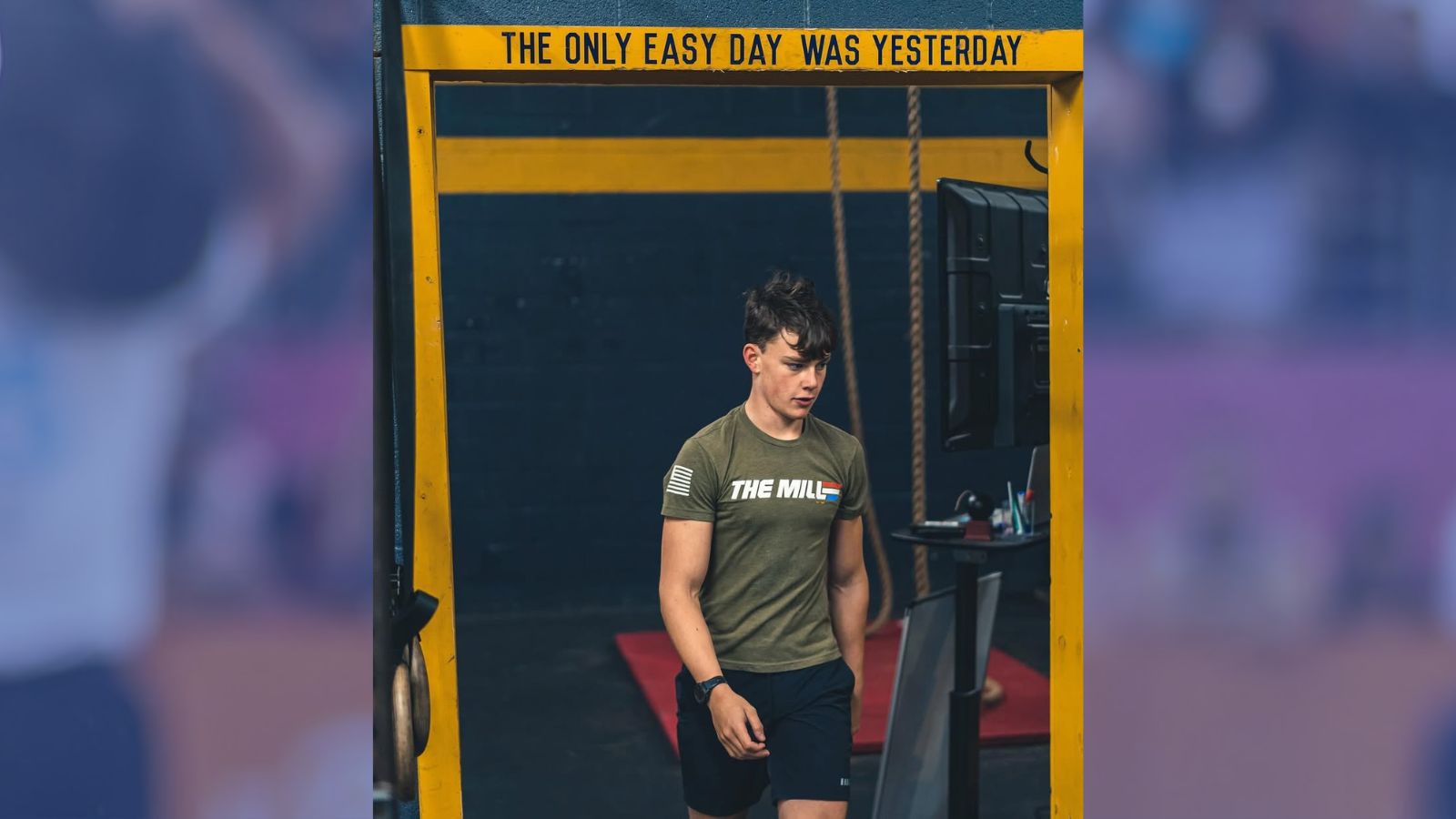The Audience CrossFit Affiliates Aren’t Reaching (Yet)

This year, 3.7 million teenagers participated in the Planet Fitness High School Summer Pass, a program that offers free gym access to 14- to 19-year-olds during the summer months, according to Athlete Tech News.
While that sounds impressive, the article notes that those 3.7 million teens logged 19 million workouts across the 2,700 Planet Fitness locations in the United States and Canada.
- This means each teen completed an average of just five to six workouts over the two-month span. Not exactly something to boast about.
The more likely scenario, however, is that some teens probably went to the gym regularly, while others signed up for the program but didn’t actually use it.
This is, of course, the problem that the CrossFit community has long recognized at globo gyms. People sign up for a gym membership with good intentions, but they don’t make use of it for various reasons.
- There’s no coaching or community to keep them accountable or make it fun.
- They’re just intimidated or embarrassed because they’re not quite sure what to do.
But because they’re paying just $10 bi-weekly, they don’t see the point in canceling their membership for weeks, months, or even years.
CrossFit, on the other hand, usually costs between $150 and $300 per month, and the result is that people show up and actually get fit.
There is one big positive takeaway that functional fitness and CrossFit affiliates can take from Planet Fitness’ summer program, though.
- The takeaway: There’s clearly a massive market of teens seeking strength and conditioning, and most affiliates aren’t tapping into it. Or at least, not effectively.
In light of this, I reached out to Jeff and Mikki Martin, two people who have devoted their lives to helping youth through fitness.
Remind me: The Martins started CrossFit Kids more than two decades ago.
Today, they own The Brand X Method and have coached over 100 youth athletes who have set national records in weightlifting and powerlifting. Now, their company also focuses on training coaches and gym owners about working with youth.
What They’re Saying
The Martins agree there’s an untapped youth market that could benefit not only the kids themselves but also small gym owners if they develop youth programs skillfully.
Currently, however, most gyms do not.
Most gyms do not treat their youth programs like real businesses looking to generate revenue.
Instead, like Planet Fitness, they offer short-term summer camps that turn out to be “loss leader summer deals,” Jeff said.
What they recommend instead is threefold:
- Think long-term, not short-term. The goal isn’t just filling a class in July and August. It’s creating a space where a 12-year-old joins and continues training with you at 18.
- Offer a high-quality product with measurable results, including strength gains, confidence, and resilience. Parents are willing to invest when they see positive outcomes.
- Build community: Teens stay engaged when they feel a sense of belonging.
Case in point: This is how the Martins approached their youth program, with over 100 kids training with them for at least five years, and nearly 40 remaining for a decade or more.
- “That’s the value proposition Planet Fitness can’t match, and it’s where CrossFit gyms can win if they frame their youth programs as an investment in a child’s long-term development rather than a cheap, temporary activity,” Jeff added.
Three More Tips from the Martins
1. Kids aren’t mini-adults
Jeff explained that programming needs to be designed for them.
- “They need training that accounts for their stage of development, teaches movement literacy, and builds confidence alongside strength. If you’re talking specifically about teens, having your program be a true strength and conditioning program with a heavy emphasis on strength is appealing to them,” Jeff said.
2. Consistency over novelty
A summer camp or short-term program doesn’t create lasting change.
- “Youth programs thrive when they’re ongoing, progressive, and give kids a reason to come back week after week,” Jeff added.
3. Build parent trust
At the end of the day, parents are the gatekeepers, Jeff explained. So, to ensure parents are supportive, your youth program needs to appear as important to your gym as your adult program does.
- “They’ll invest when they believe a program is safe, professional, and aligned with their child’s long-term development and benefit,” he added.
The Big Picture
If Planet Fitness’ summer program is any indication, it’s clear that the demand for youth fitness has perhaps never been higher.
However, giving youth free access to a facility isn’t enough, and this is where the CrossFit community can make improvements. Not by offering subsidized or free memberships, nor by providing a summer camp.
- “What works is treating youth as its own pillar of the business, with trained coaches, age-appropriate programming, and a focus on community and retention,” Jeff said.
He added, “The gyms that thrive in youth programming aren’t just running a camp. They’re creating an environment where a teen’s first exposure to strength and conditioning turns into a habit that carries through high school and beyond.”
Credit: @welcome_to_the_mill / Instagram
